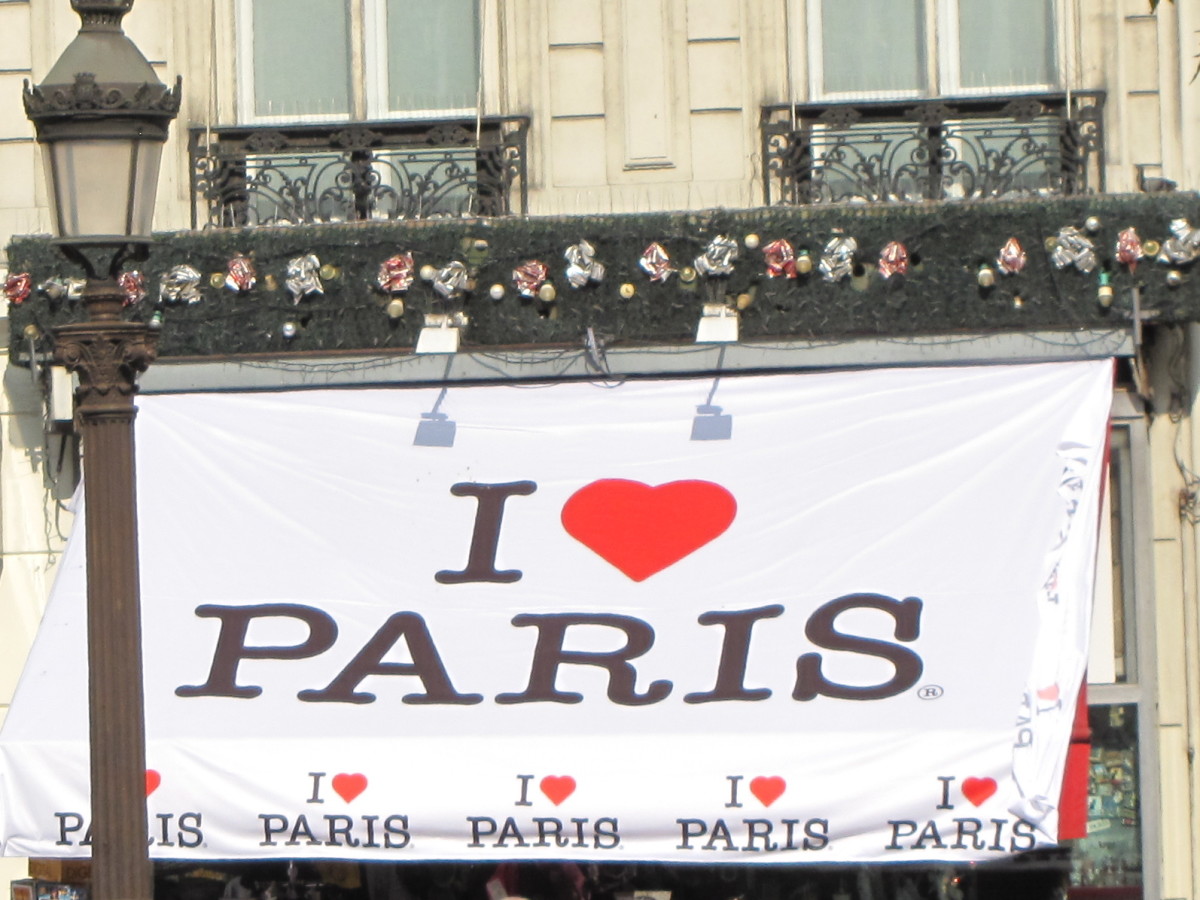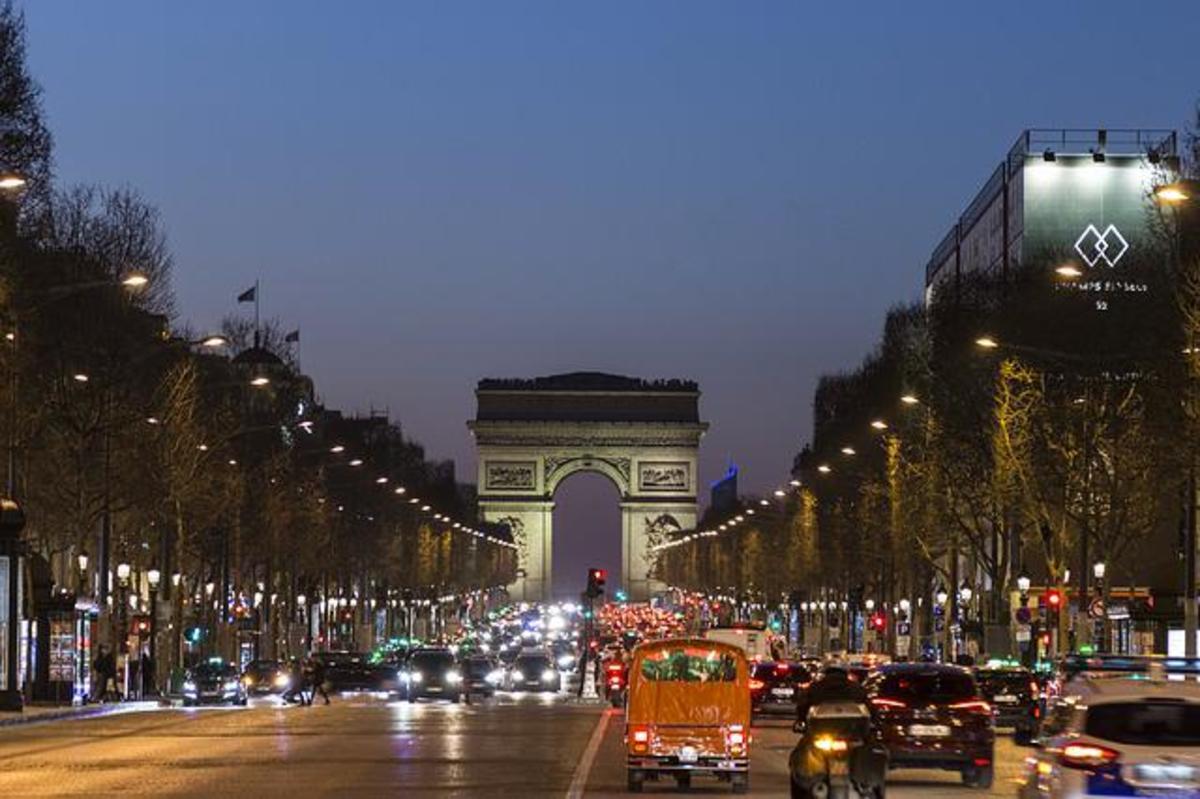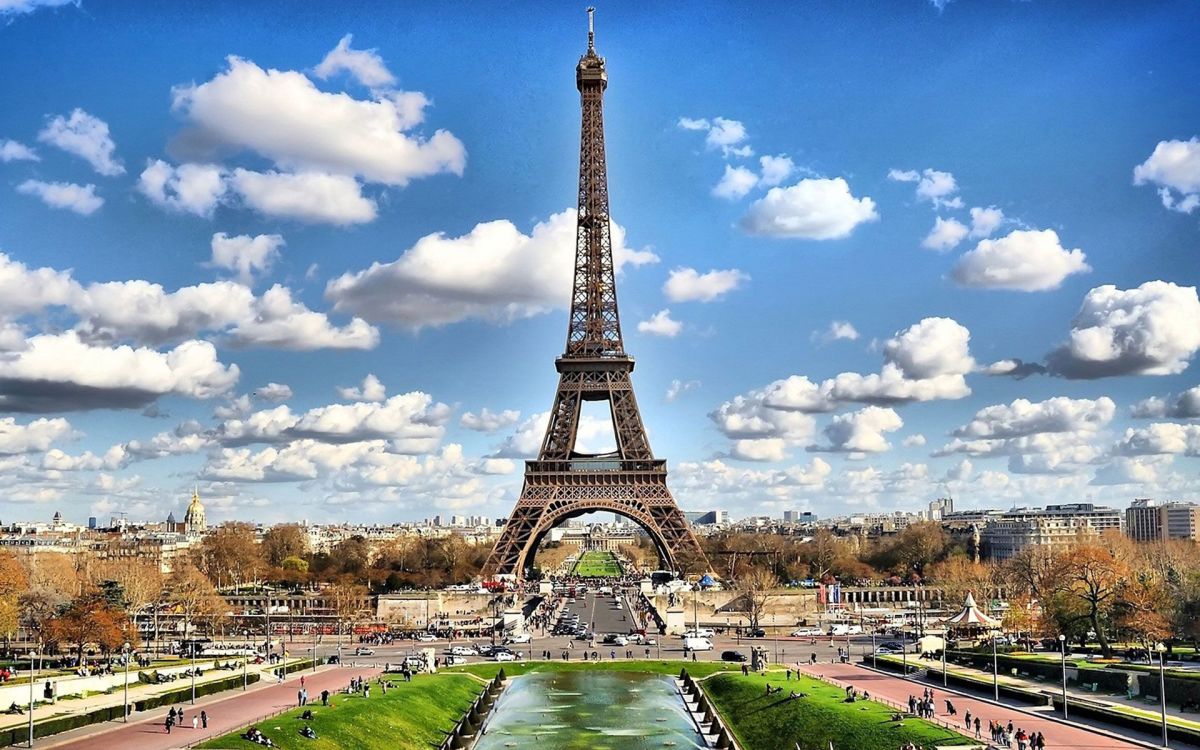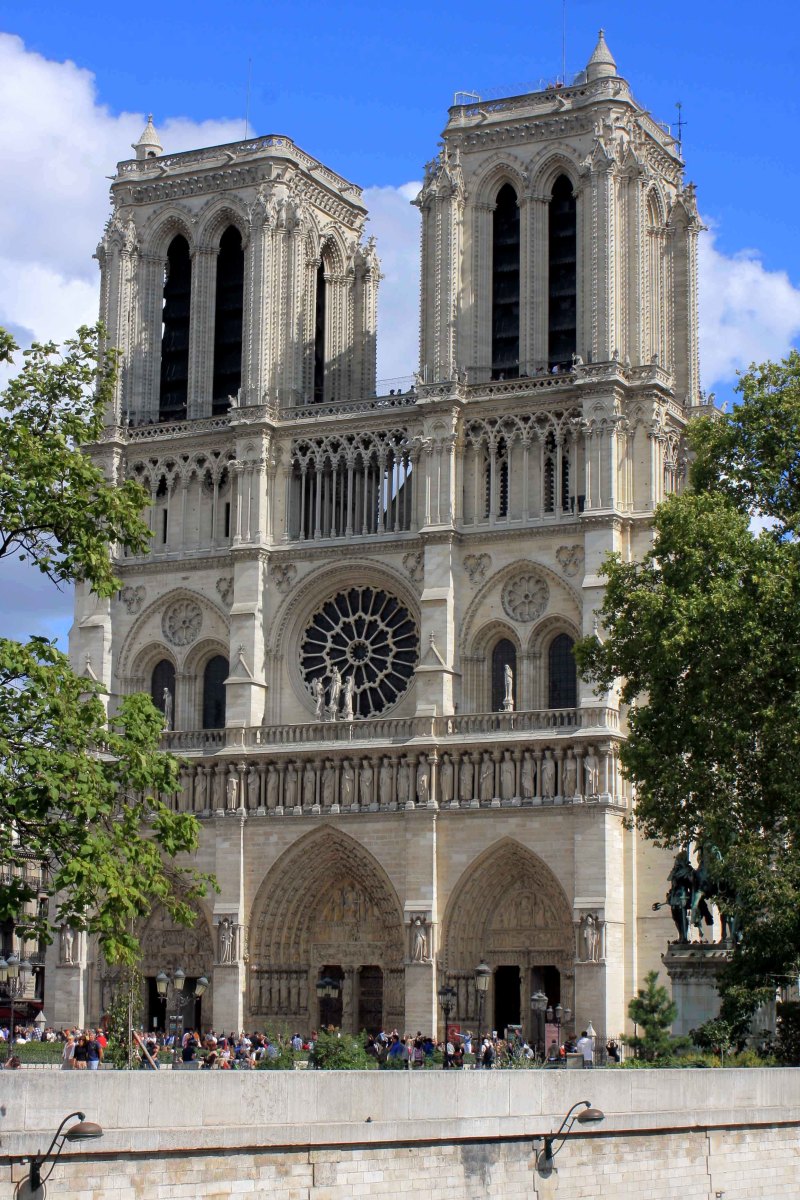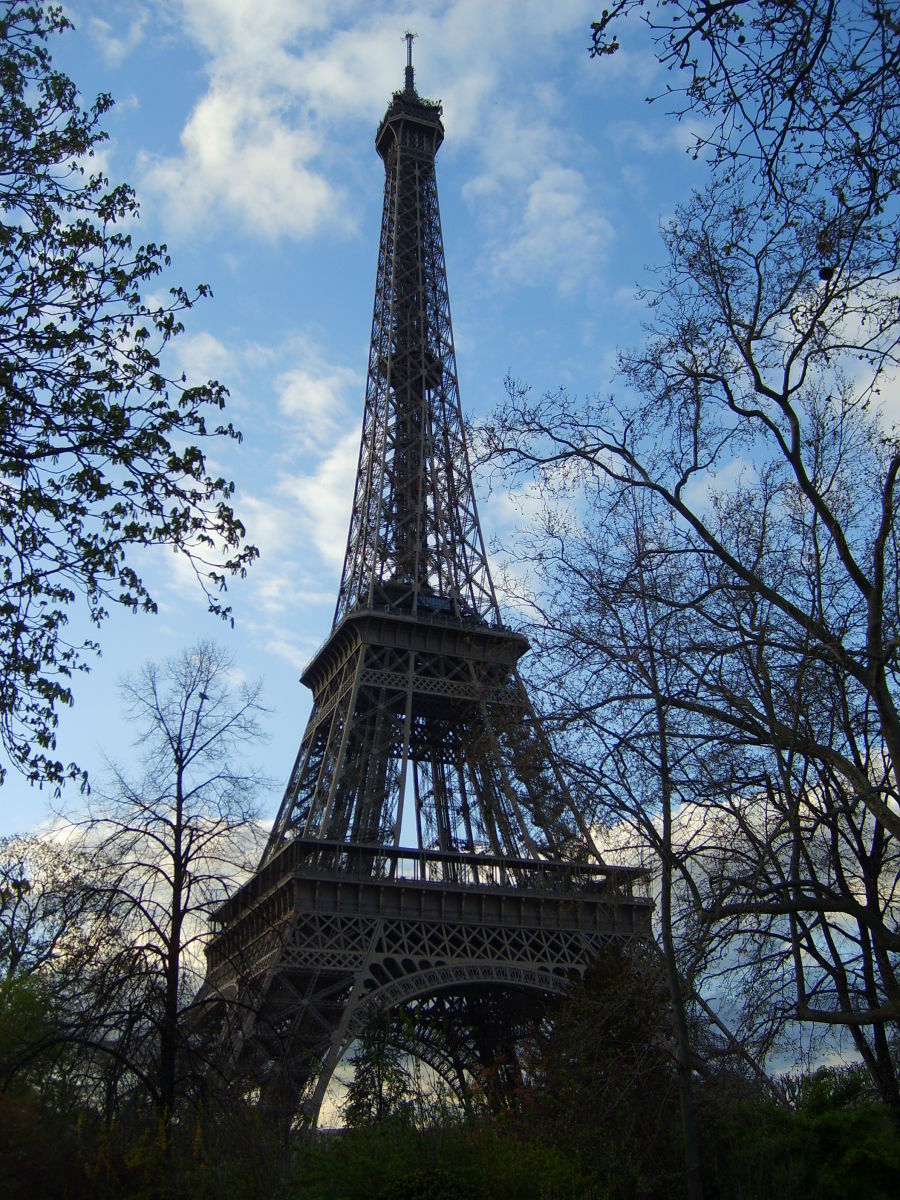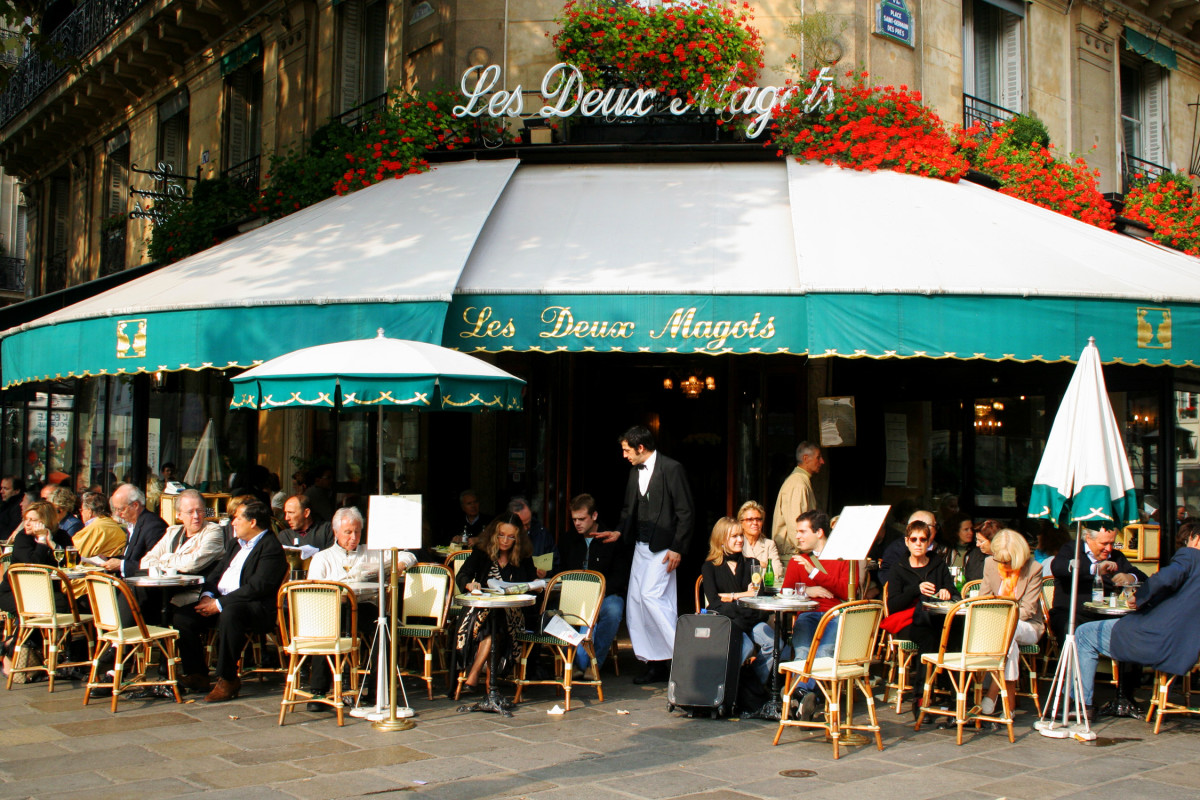Paris Neighborhoods and Metro Public Transit
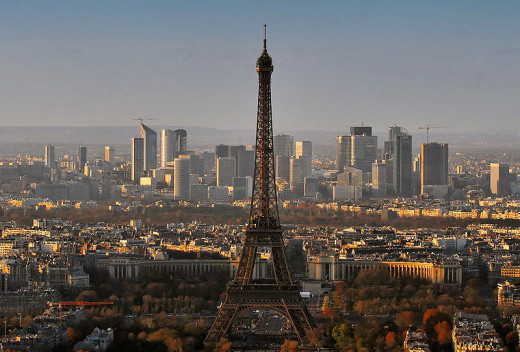
If I was forced to spend the rest of my days in one city and never leave its borders, I wouldn't mind being locked up in Paris. It's a strange metropole, none of its inhabitants doesn't seem to particularly like it but people flock together. It's one of the greatest melting pots in Europe, in constant change but you hear people saying that Paris is old-fashioned and dead. That despite the high number of students here (and the biggest number of public and private cultural higher education establishments in World)
Nowhere else students seem to whine as much as they do in Paris, although it has been constantly chosen to be the best city to study in. Paris could easily be chosen as the cultural capital of the world ranking highest with the number of public libraries, cinemas, film festivals and music events but you hear people saying that here's no dynamism anymore and rather people prefer pointing out the high crime rates.
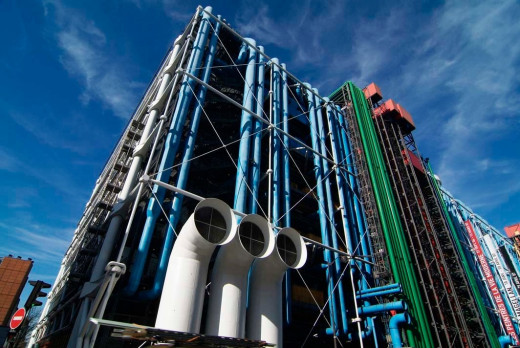
The Neighbourhoods
Parisians like to divide Paris to two - Rive Gauche and Rive Droite, the Left Bank and the Right Bank, the Left Bank is to south where you have most of the upscale living quarters, the oldest universities and the Latin Quarter, one of the most famous single areas in Paris known by its name.
And then there's the Right Bank, historic popular quarters (now slowly being conquered by well-off people), the shopping areas including Boulevard Haussmann where you have two of the city's three signature department stores, Champs-Elysées, the current most expensive shopping street in the world (it's said that stores on the Champs, as it's called, can't be profitable and are just prestigious business cards for the chains, that's only rumors of course) and the Golden Triangle.
The Golden Triangle is traditionally Champs-Elysées and Avenue Montaigne, but has quite recently shifted, in my opinion, to Rue Saint-Honoré and Place de la Madeleine. When 15 years ago the best addresses for high-end stores used to be Faubourg Saint-Honoré (same street as Rue Saint-Honoré, but the part of it that runs parallel to Champs-Elysées as opposed to the part that runs parallel to Rue Rivoli) so we could say that the new Golden Triangle is marked by Colette in one end and Kenzo, Ralph Lauren, Chanel, Gucci and Dior on the other side.
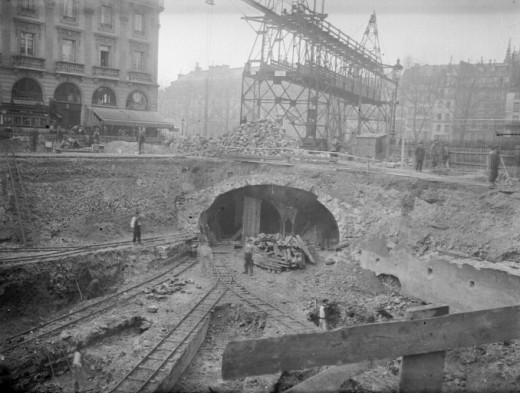
Under rue Rivoli and the Champs-Elysées runs the Métro line 1. It's the first line of the Paris Métro, opened in 1900 and interestingly, the most innovative (let's say sharing the spot with the 14th) as it was renovated within 2 years and starting December 2012 it has been entirely automatic. This was done without not once interrupting the service, the gates and barriers were built during the nights and testing with the new trains was conducted Sunday mornings.
On the Right Bank there is also Montmartre, a hilly bohemian quarter strongly associated with students (lots of small cheaper apartments) but also we find there the traditional red lights district around the metro stations Pigalle and Blanche (Moulin Rouge!). If you have only few days in Paris, I would rather steer clear of Montmartre - this city has 21 districts and everybody seems to visit only three of them.
Instead, why not prepare a walking trip starting from Bastille and its Canal Saint-Martin. Bastille has also long been a students' quarter just as Montmartre but instead of historic vibe, that's where students spend their weekend nights these days. So if looking to find a place to have a glass of wine or a cocktail Saturday night, you could go straight North from Bastille, even if you don't find anything at the Rue de lla Roquette, you will end up at Oberkampf where the selection is even wider.
If it's rather a Sunday afternoon that you find yourself at the Bastille, why not take a direction to North-West - you will find Place des Vosges and it's wonderful park, Victor Hugo museum and restaurants for the Sunday brunch. Not far from Place des Vosges starts the famous district of Marais.
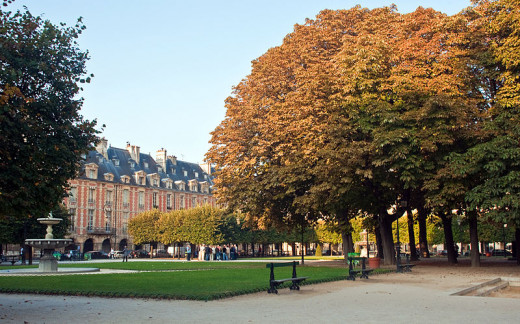
Marais is known for two things - because historically it has been a Jewish quarter, it's one of the only areas in Paris where stores are allowed to open Sundays and since the 90s if not earlier, here you have European highest density of gay clubs. Either it's the liberal spirit of the quarter or the best falafel in town, Marais is hugely popular and very crowded on Sundays - you'll see lots of Parisian families with their small children, enjoying Sunday shopping (quite unbelievable even for French who know it's possible in Marais) or just walking around. When at Marais remember, the longer the queue behind a restaurant, the better it is!
The Métro System
Interestingly, all of the quarters I mention, except for Marais, are connected by métro line 8. To get to Marais one should take the aforementioned line 1 which connects Bastille through Marais and Chatelet to the Champs-Elysées. Because the Paris metro was built in a very different city than it is today, don't be surprised that the metro connections seem to be slow and often not-so-convenient.
Even though the subway has been largely rebuilt, lines have been redirected, there are still certain connections that are difficult to make and it takes time to go to some district that geographically is not so far. Therefore it's definitely a good idea to pick a hotel which would be at a "crossroad" of many subway lines. Especially if coming to Paris for only a few days, the last you want to do is to spend lots of time underground. The city is beautiful and in fact most places are within less than 20 minutes of walking from each other.
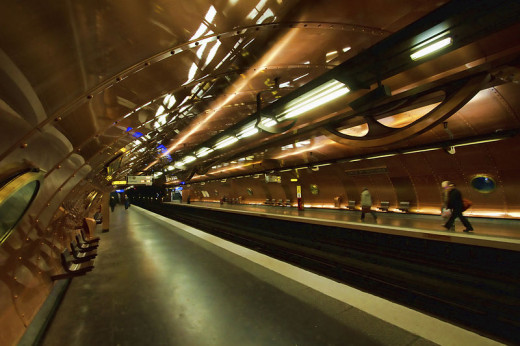
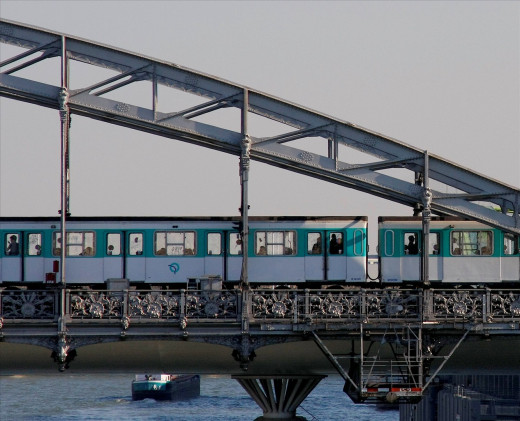
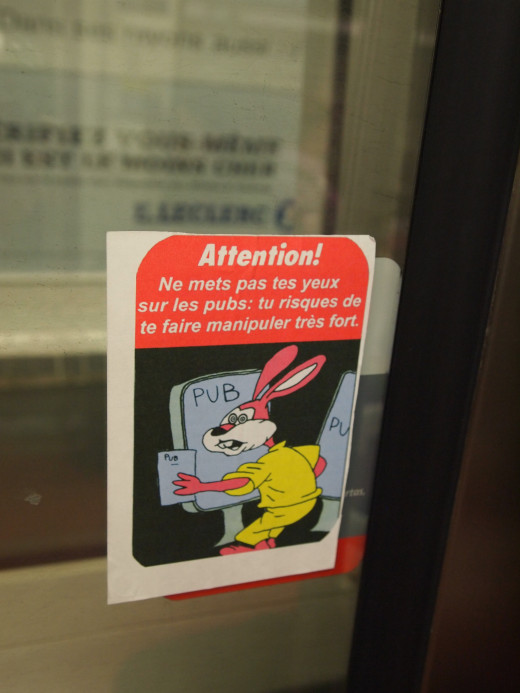
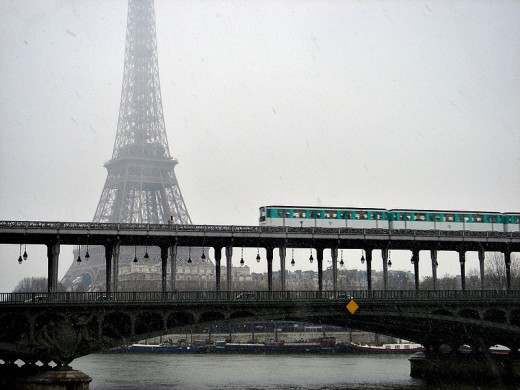
On the other hand, the Paris metro has been built step by step over one hundred years, so it's like a great museum itself. If possible you should definitely see the following:
- Arts et Métiers, Line 11. In the spirit of Jules Verne this metro station is designed as the interior of a steampunk subway. Come off the train to see huge gears in the ceiling of the station.
- Concorde, Line 12. The whole station consists of the full text of the Charter of the Human Rights whereas each letter occupies one tile.
- 6th line. Big parts of the sixth line run on the ground with some pretty nice views on the Eiffel Tower.
- 1st and 14th line, the oldest and the newest line both are fully automatic. For transportation fans this interesting contrast of two metro lines built in two very different eras but now, 113 years later finally so similar could be quite interesting.
- Châtelet Les Halles. The biggest metro station in the world. Come off at Les Halles on line 4 and spend 20 minutes walking underground to reach line number 7.
- Gare d'Austerlitz, Line 5. It's so simple yet fascinating station, you come off the train to discover yourself in a huge rail station covered by classic curved glass ceiling. It's only a metro station, but you can hear all the life behind the wall separating the metro line from rest of the station.
- And something for homework. The Parisian metro system honors almost a few hundred men and two women with using their names for stations (and one of the two, Marie Curie has to share the honor with her husband at 'Pierre et Marie Curie') but only one person has two stations named after him. Who?

